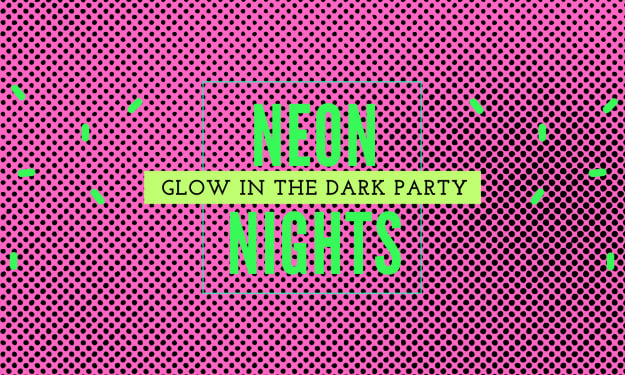"Inside Friend" by Leon Bridges almost rips off Stevie Wonder
How does the collaboration with John Mayer toe the line?

Fridays are my favorite day of the week, because I can put on my weekend pants and listen through a plethora of new music. Many of the songs that come out on Fridays don’t have a strong lasting impact on me; unless it is a single or an album from an artist who’s been quiet for awhile, it usually comes and goes. When I saw a collaborative single between Leon Bridges and John Mayer released in early April, I assumed it would follow the aforementioned “path to obscurity.” But from the first four notes, it had an unrelenting grip on my ear. It wasn’t a groovy bassline, it wasn’t a catchy chorus, and it wasn’t a shredding guitar lick that caught my attention. I’ve heard those exact four notes before.
The opening synthesizer and guitar line of “Inside Friend” shares the exact same melody as “My Cherie Amour” by Stevie Wonder. Not only is the shape of the melody the exact same, but it’s in the same key, G major. The synthesizer has a smooth timbre that closely matches the flute, giving me the impression that the melody was deliberate mimicry. But that’s where the similarities end between these two pieces. “Inside Friend” plays at a slower tempo than “My Cherie Amour,” and features electronic drum programming and an electric atmosphere which contrasts the live orchestral soul instrumental of the Stevie Wonder tune. Is there a case here?
The short answer is no. I asked my mother the same question, and she is in a unique position to give her insight. Despite having no musical training whatsoever, my mother has worked as an intellectual property lawyer for over twenty years, dealing with cases surrounding the unfair use of songs such as “Eye of the Tiger” and other Survivor deep cuts. Of everyone I know, she is undoubtedly the most qualified person I know to speak on this issue. After asking her to give them both a listen for possible infringement claims, she replied:
From a quick listen, I’d say no. Any similarities could be chalked up to scenes a faire. Also, don’t take fashion tips from Leon Bridges.
But mom, he dresses like if Lil Nas X was signed to
Motown in the 60s
That’s the best fashion
Weird. As I watched the video, I thought “He looks like Lil Nas X just got his first advance from Motown.”
Exactly! Meanwhile, John Mayer looks like the dude
smoking a cigarette outside of the Theta
Chi house
Yes! Seriously, what’s up with that dude?
Bantering about the fashion of the performers aside, my seasoned legal team says that there wouldn’t be any substantial claims laid, and most could be explained away using the scènes à faire copyright rule. This rule, for those who are unfamiliar with copyright law, surrounds scenes in a book or movie that are obligatory for the genre and thus, cannot be protected. The principle also extends to music, where certain mainstays of genres cannot be protected because of their prevalence in the genre. A simple example would be a country song using a slide guitar: even though someone originally came up with the idea to use the instrument, its widespread use in country music is a central aspect of the genre now, and the originator cannot sue everyone that came after him who used a slide guitar. Now, if someone played the exact same unique riff on the slide guitar, you would have a more substantial claim that transcends scènes à faire. This points to the idea-expression divide that’s crucial to understand in copyright law but less crucial to grasp if you’re reading a blog written by an indie bro.
So where does “Inside Friend” stand on a scènes à faire ruling. It utilizes the first four notes of the melody from “My Cherie Amour,” but beyond that the songs go in two different directions. The melodies of the verses and the choruses between the two are remarkably different and the lyrics deal with different themes, Leon and John crooning about domesticity and stable love against Stevie singing about unrequited love and infatuation. Finally, it’s important to note that the four notes used in both of these songs are part of a diatonic collection (the basic scale you remember from both elementary school general music and from Maria von Trapp in The Sound of Music). To try and lay a copyright claim against these notes would be an attempt to claim copyright protections against the entire basis of music, which would be totally absurd. Like Leon Bridges’ fashion, according to my mother.
Special thanks to my mother for getting down to brass tacks with me on copyright basics for this piece, and for everything else she has done and will continue to do for me. Happy Mother’s Day, Mom.






Comments
There are no comments for this story
Be the first to respond and start the conversation.